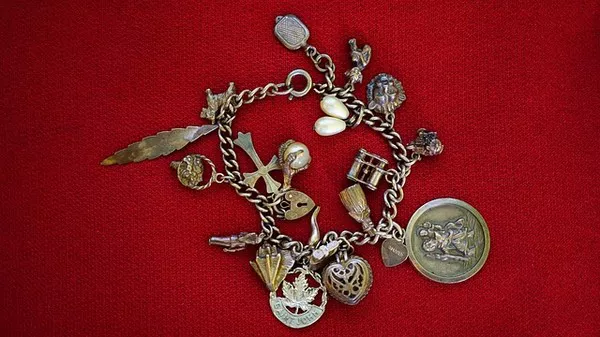Inflation, the silent force that erodes the purchasing power of money, has been a significant concern for investors and economists alike. Traditionally, precious metals like gold and silver have been considered hedges against inflation, with their value expected to rise as the cost of goods and services increases. However, in recent times, the perplexing behavior of silver has left market participants scratching their heads. Despite inflationary pressures, silver’s performance has not mirrored the robust upward trajectory seen in other assets. This article delves into the factors contributing to silver’s stagnant response to inflation.
Historical Perspective:
To understand the current dynamics, it’s essential to glance back at history. Traditionally, silver has shared a symbiotic relationship with gold as a safe-haven asset. During times of economic uncertainty or inflation, investors have flocked to precious metals as a store of value. Silver, being more affordable than gold, often attracted a broader investor base seeking a tangible asset to protect their wealth.
Factors Influencing Silver Prices:
Several factors influence the price of silver, and their interplay can help elucidate why silver may not be surging in tandem with inflation:
Industrial Demand:
Unlike gold, which is primarily viewed as a store of value, silver has extensive industrial applications. Approximately 50% of silver demand comes from various industries, including electronics, solar panels, and medical equipment. Therefore, silver prices are influenced not only by economic indicators but also by the health of specific sectors.
During periods of robust economic growth, industrial demand for silver tends to rise, propelling prices higher. Conversely, economic downturns or disruptions in specific industries can lead to decreased demand and, consequently, a lackluster performance for silver. The ongoing transition towards green energy, particularly the surge in demand for solar panels, may bolster industrial demand for silver in the long run.
Dollar Strength:
The value of the U.S. dollar has a profound impact on commodities, including silver. When the dollar strengthens, commodities priced in dollars become relatively more expensive for holders of other currencies, leading to a potential decline in demand. As silver is denominated in U.S. dollars, a robust dollar can act as a headwind for silver prices.
Inflation alone might not be the sole driver for silver if the currency it’s priced in is also gaining strength. The current macroeconomic environment, characterized by a strong U.S. dollar despite inflationary pressures, might be contributing to silver’s muted response.
Speculative Trading:
Silver, like many commodities, is susceptible to speculative trading activities. The futures market, in particular, can witness heightened volatility based on speculative positions rather than underlying supply and demand fundamentals. Short-term traders, institutional investors, and hedge funds often play a significant role in shaping silver prices.
If speculative forces are pushing silver prices down, irrespective of inflationary pressures, it can lead to a disconnection between the metal’s value and the broader economic landscape. Heightened market speculation, combined with algorithmic trading, can create short-term distortions that may not align with long-term economic trends.
Market Perception and Sentiment:
Investor sentiment plays a crucial role in the performance of precious metals. While gold has historically been perceived as the ultimate safe-haven asset, silver’s reputation is more nuanced. It often oscillates between being viewed as a store of value and an industrial commodity.
If market participants are more inclined towards perceiving silver as an industrial metal during certain economic conditions, its response to inflationary pressures may differ from that of gold. Clarifying the narrative around silver as an investment vehicle versus an industrial input could impact investor behavior and, consequently, silver prices.
See Also Will Silver Stick To Magnet? All You Need to Know
Conclusion:
The apparent disconnection between silver prices and inflationary pressures underscores the complexity of commodity markets. Silver’s unique characteristics, including its dual role as an industrial metal and a store of value, make it susceptible to a multitude of influences. Investors should consider a holistic approach, taking into account industrial demand, currency movements, speculative activities, and market sentiment to decipher the enigma of silver’s response to inflation.
While the current trend may be confounding, the long-term outlook for silver remains dependent on global economic conditions and the evolving narrative surrounding precious metals. As investors navigate these uncertainties, a balanced and informed approach to understanding the factors influencing silver prices is crucial for making sound investment decisions.


